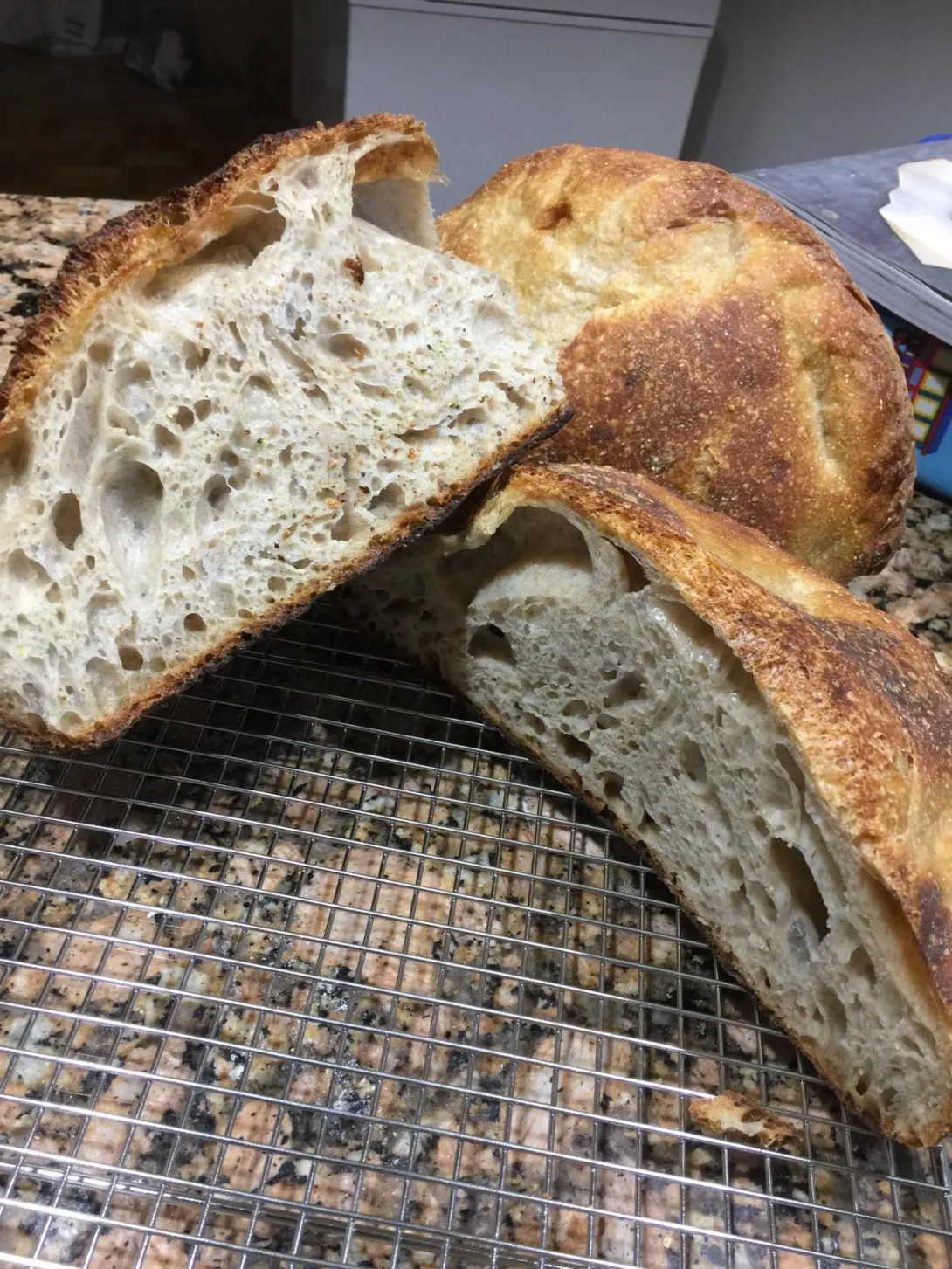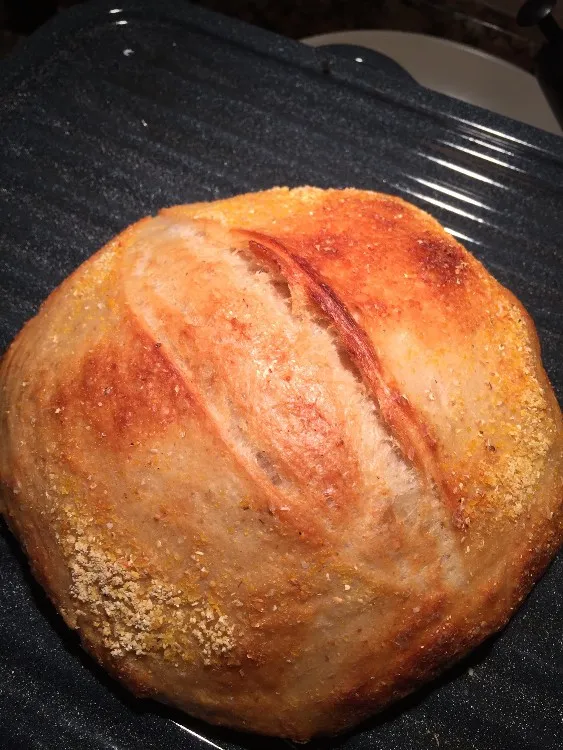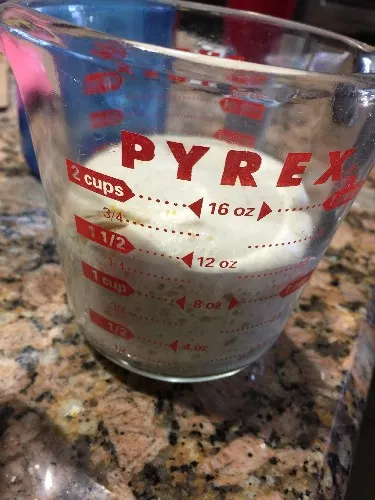Valdus's blog
Things are going just Rye!
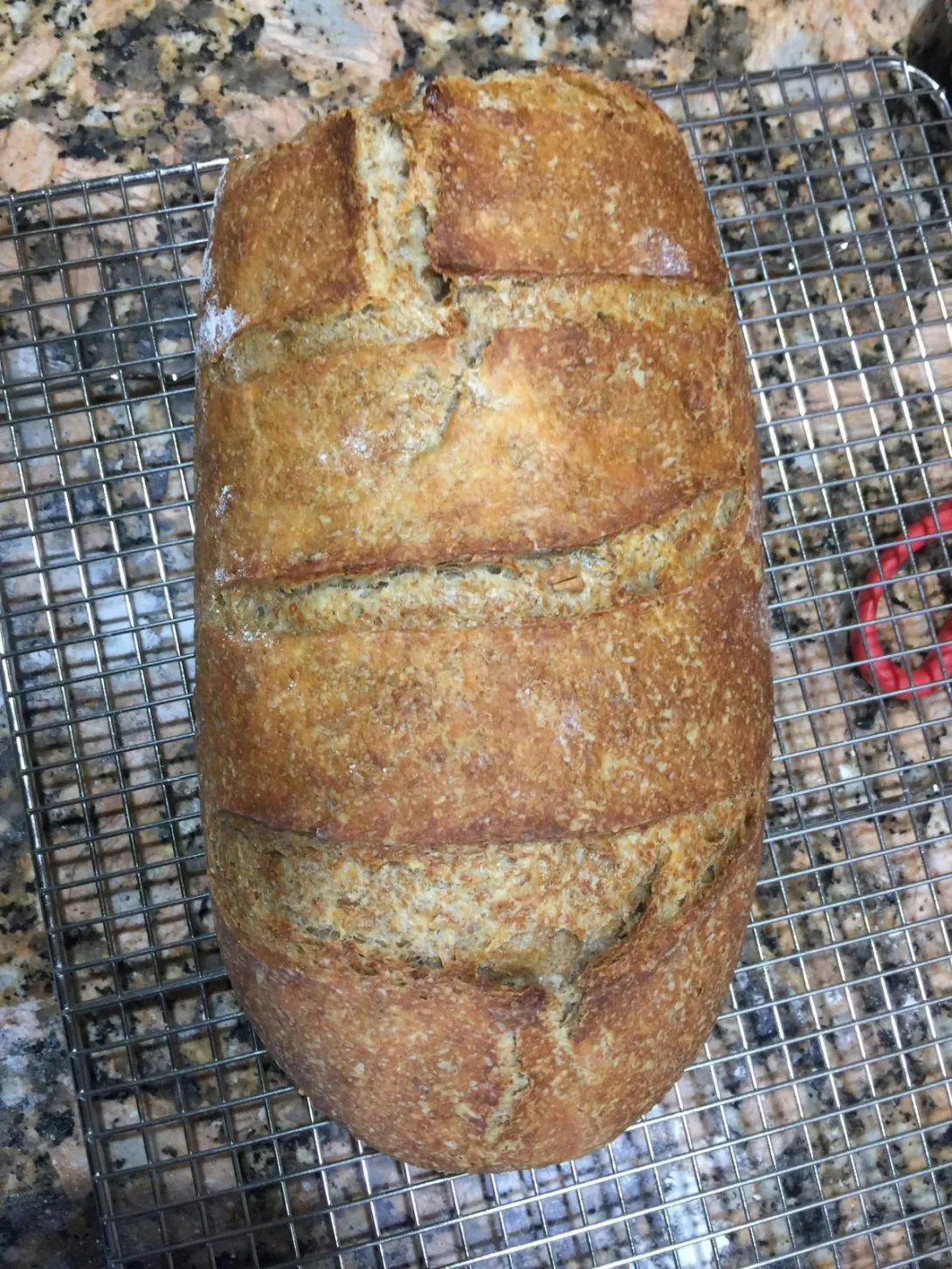
Things are going monstrous on the bread front. I have recently gotten into yeast breads (not as much an art as a science, and you better hurry!) and even explored the fun-handling of rye flour and making rye breads.
Being an old New Jersey native, I like a good lip smacking jaw-dropping sour rye and I think I found one here
- Log in or register to post comments
- View post
- Valdus's Blog
1-2-3 Fourth and Done?
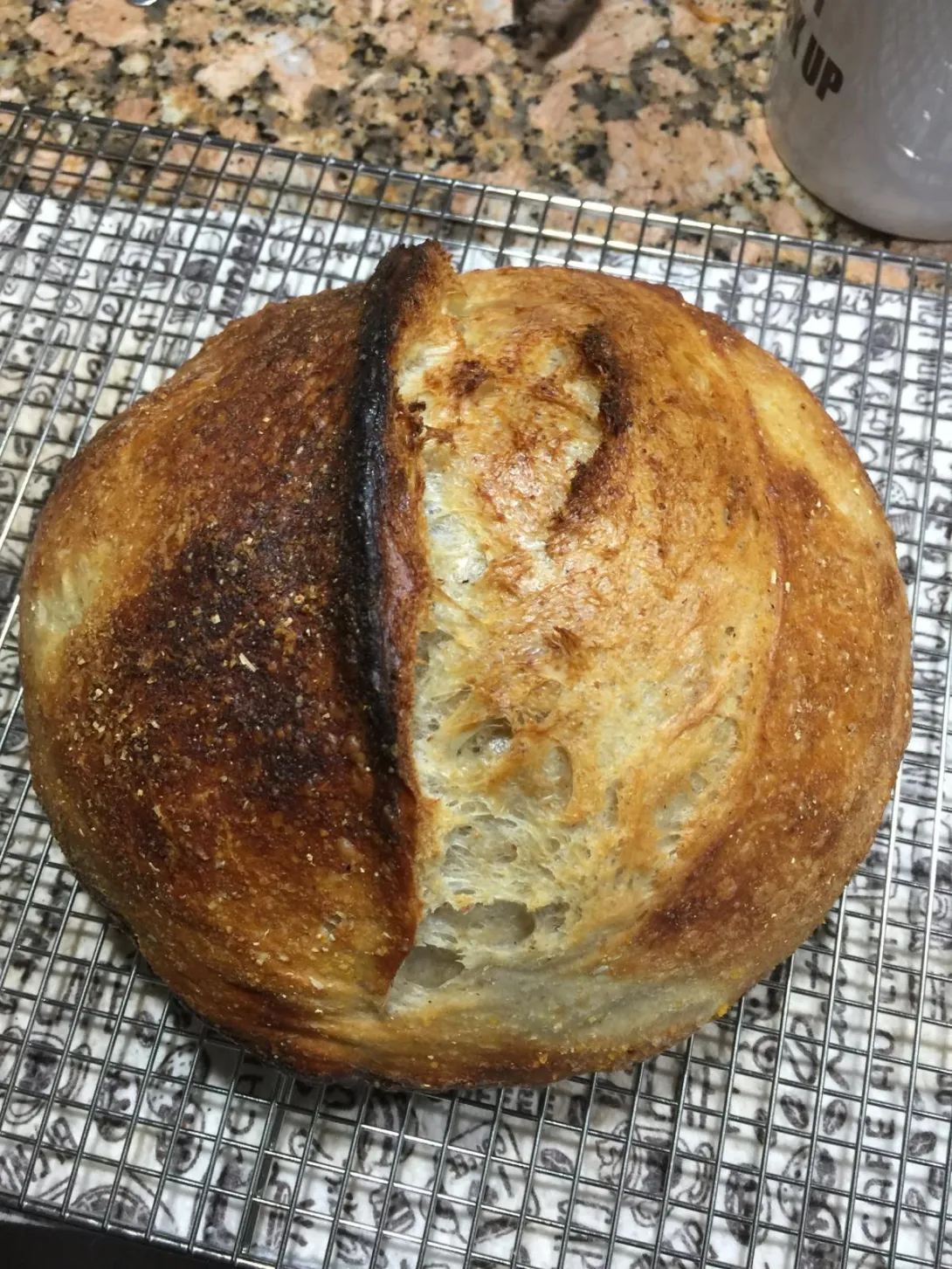
I think I have finally achieved what I wanted to do for about the three years that I have been sourdoughing. I think I have achieved the oven spring I wanted, and by all means yall be the judge.
I took the very same recipe that I had for my third attempt with two notable differences.
1-2-3 Third Attempt
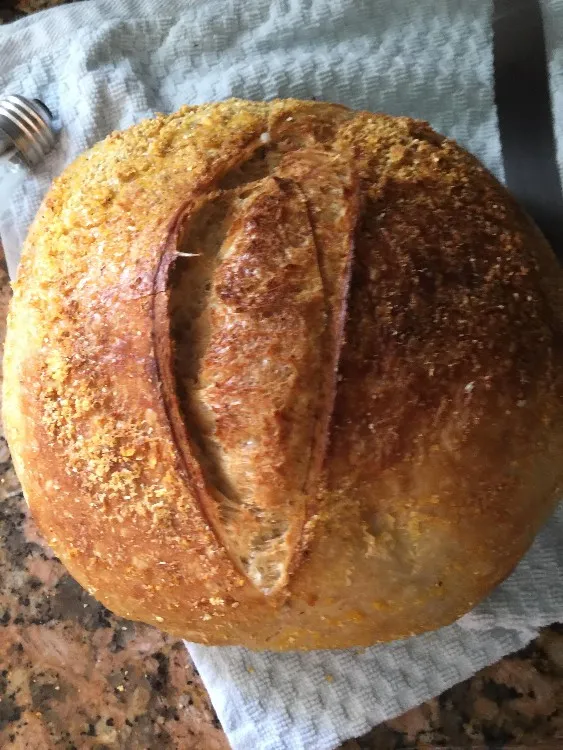
Decided on upping the starter to 150 so...
Starter 150g
Water 300
Flour 225 AP/225 BF
12g of salt
Mixed it all up, let it rest for an hour
Looked at it and folded it every 2 hours for 6.5 hours
Wonderful marshmallow texture when I put it in the bowl
Let it go in the fridge for 22 hours
Baked at the usual 450 for 500, I did forget to dunk the parchment paper in water.
Sourdough Crossroads

A Sourdough Crossroads
Don't think for minute because of the title that I am going to give up this wonderful hobby (using the word hobby seems a bit limited to me but it is what it is- another expression I have never liked). If I gave up baking sourdough I would have to go back to brewing beer, and there is nothing more messy and demanding that that. I once ruined a perfectly good carpet with an exploding mead recipe.
And here is the small bread
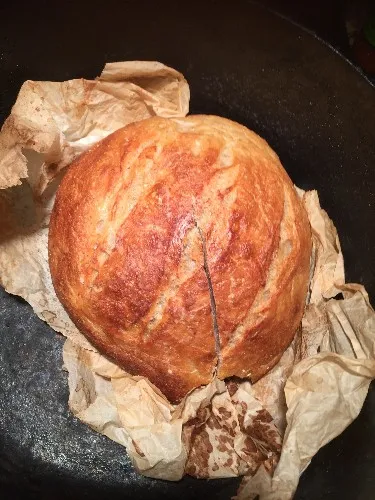
Small Batch equals Small Bread
I thought that the dough was at the 1.75-ish cup point, thus I heated the forge, put it in wet parchment. Took out the heated cast iron, placed it in, poured in a half a cup of water under the parchment and started the usual 450 after 500 for 20 then for 30. Herein is the result, small, unimpressive, with no 'boom' really.
A Mission to Oven Bloom!
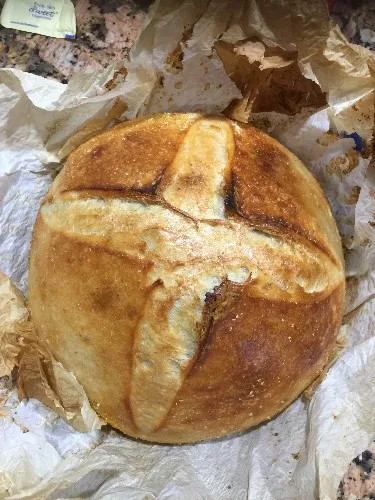
The above is typical of my sour note experiments. Nice crumb, medium tightness. Golden color. Above is a typical example of my oven spring. I want more, a lot more.
I want a bursting loaf, something that will rise so high that it scrapes the top of the oven. I have accomplished pretty much everything in a basic sour loaf except exceptional oven spring. Some things I have learned that have improved it are:
